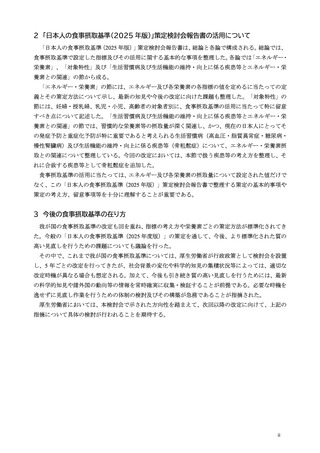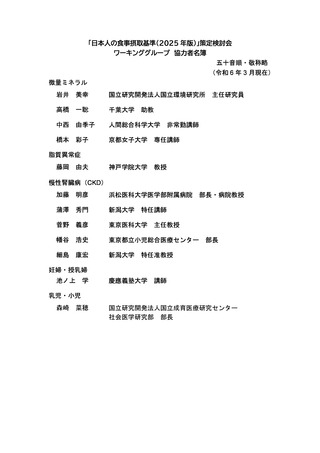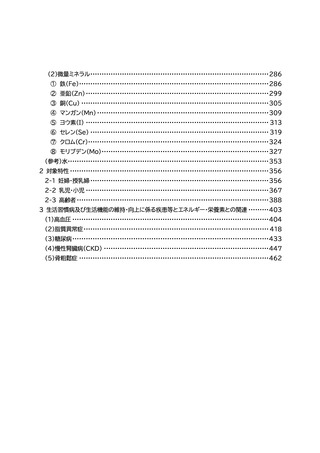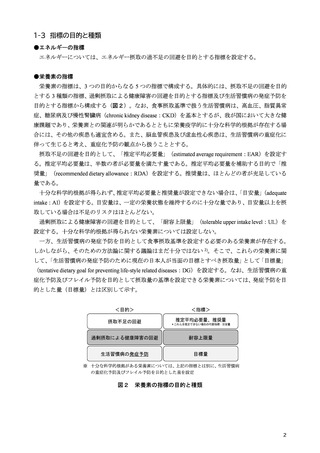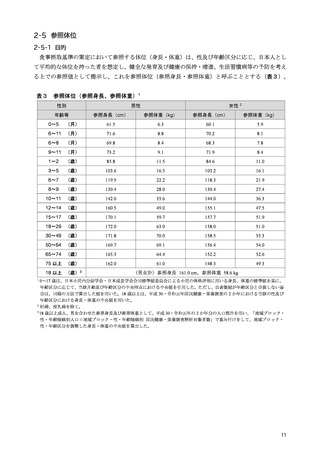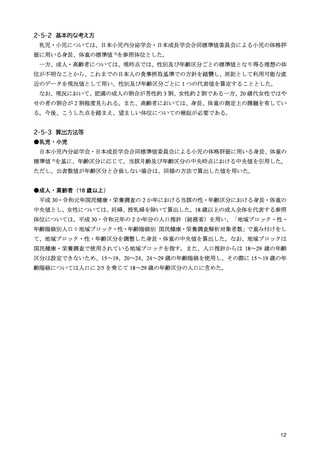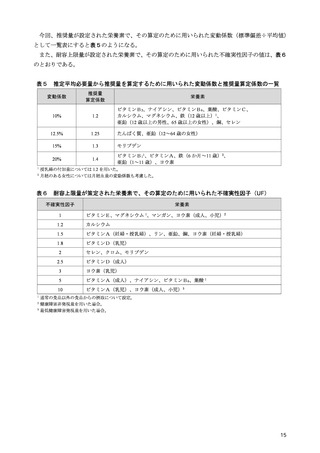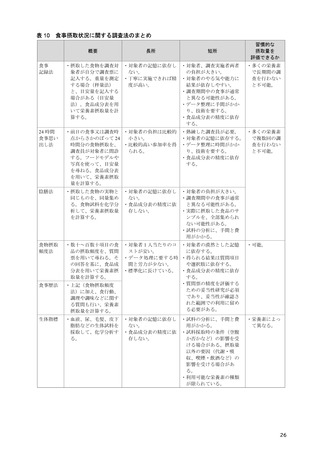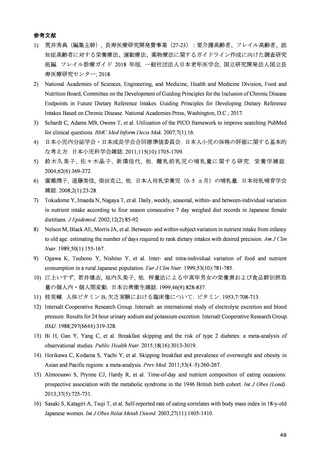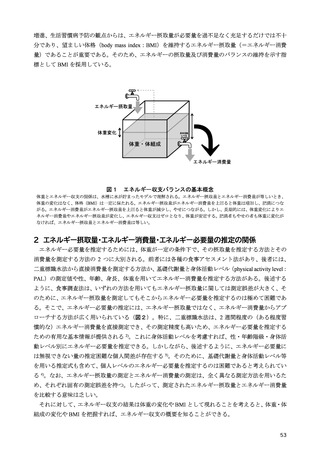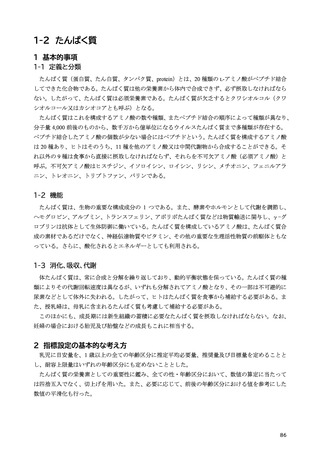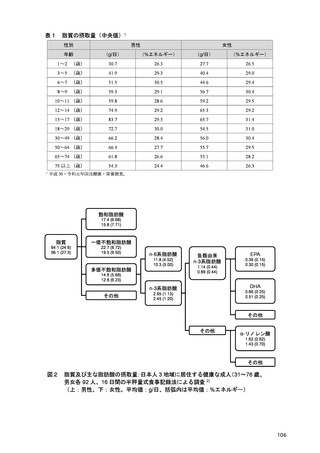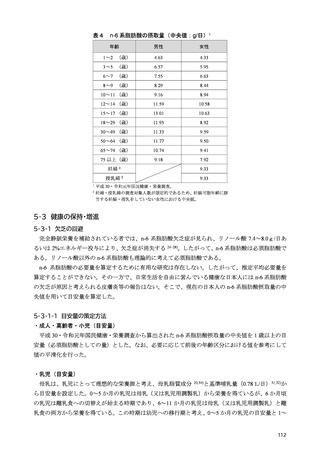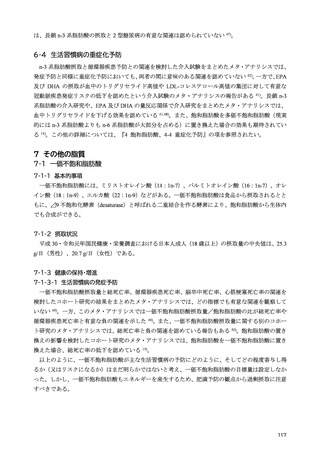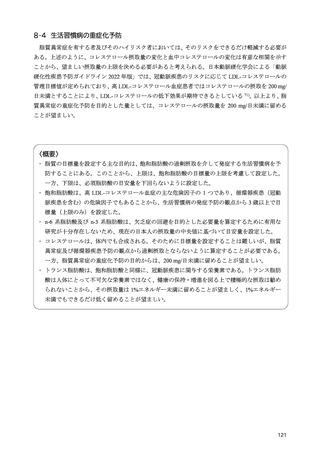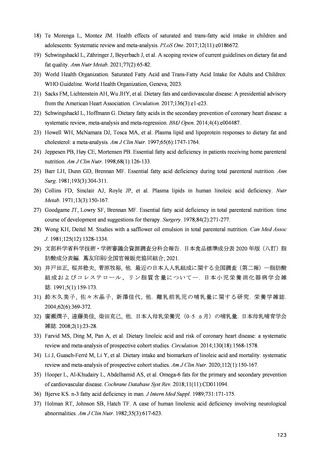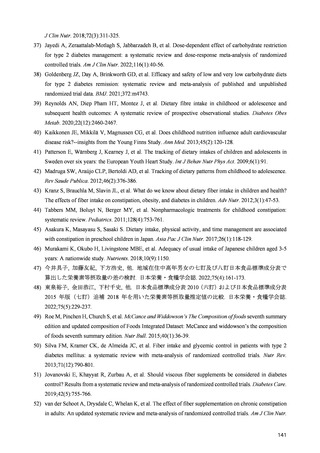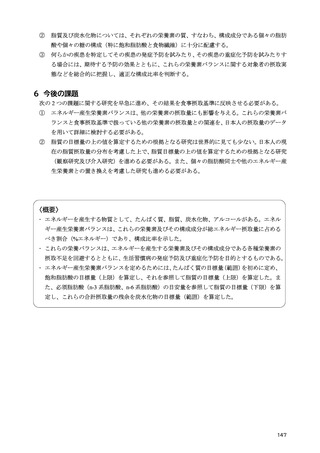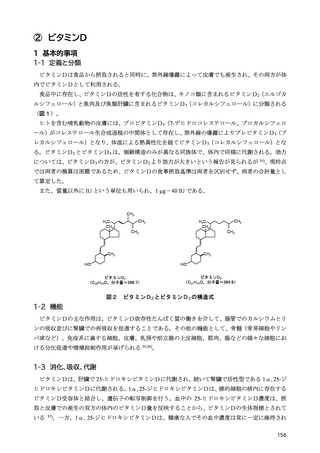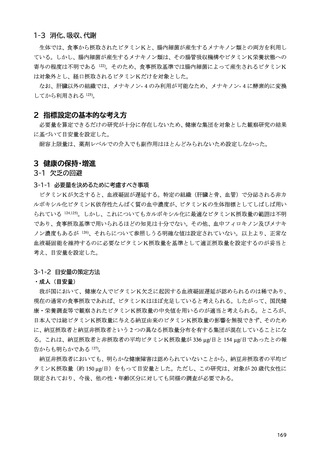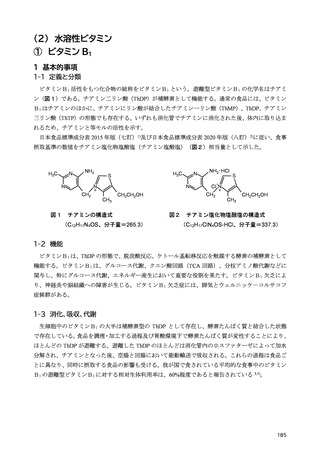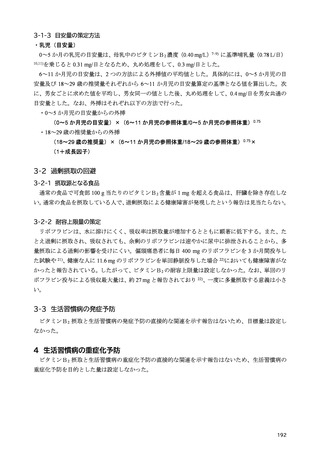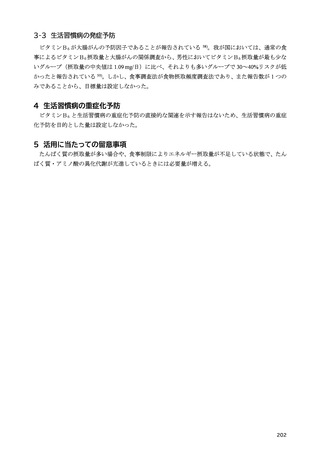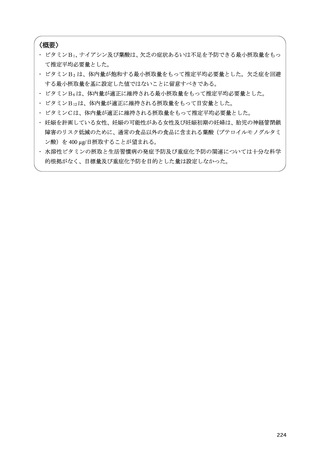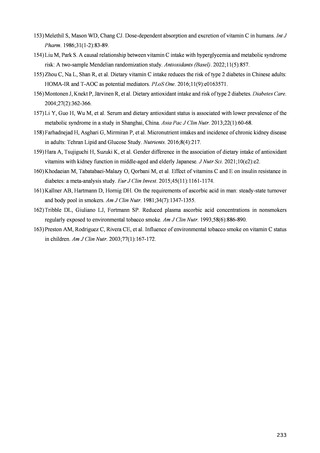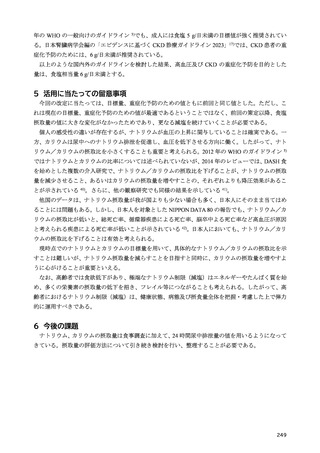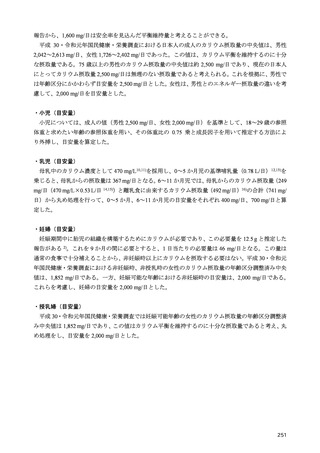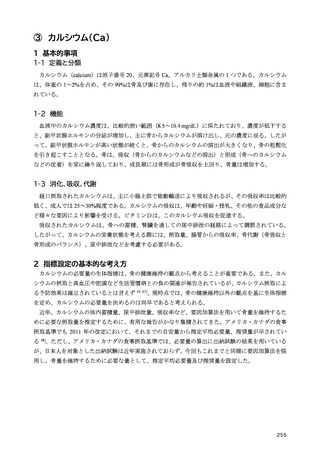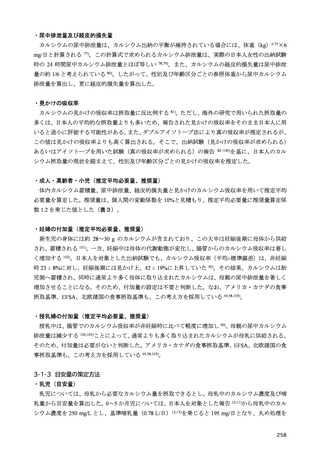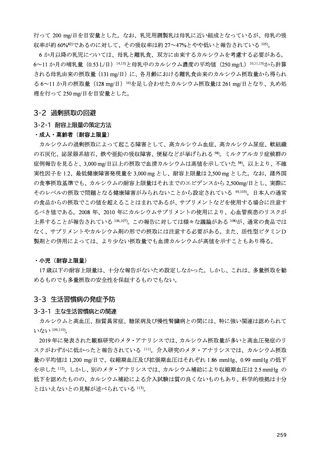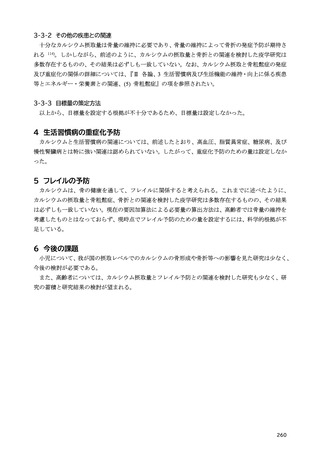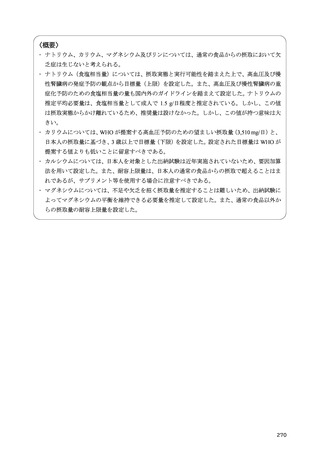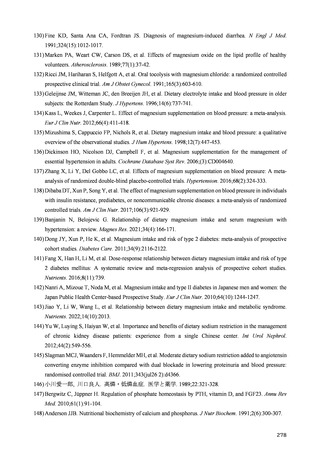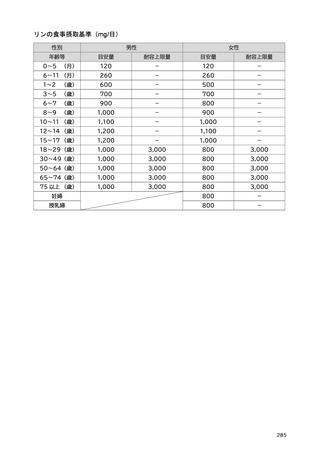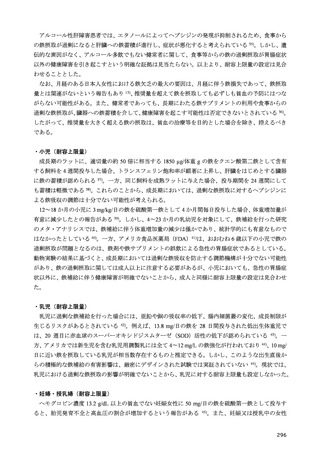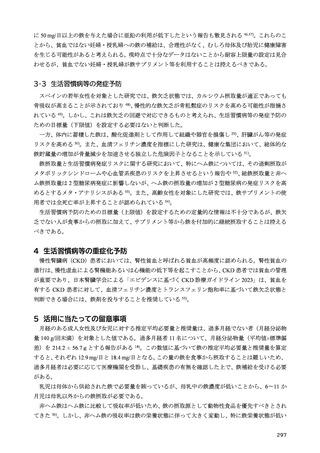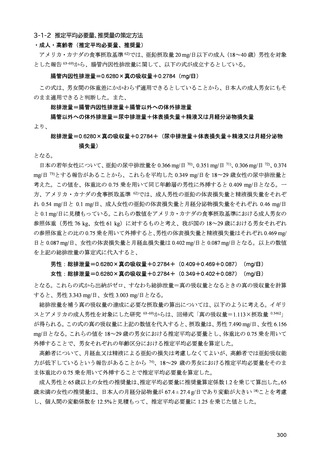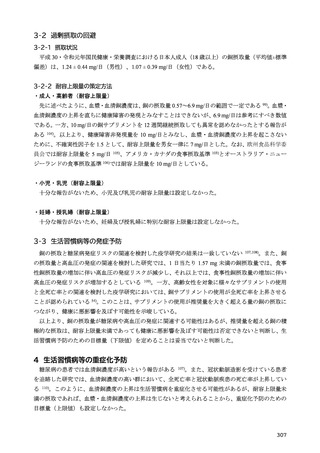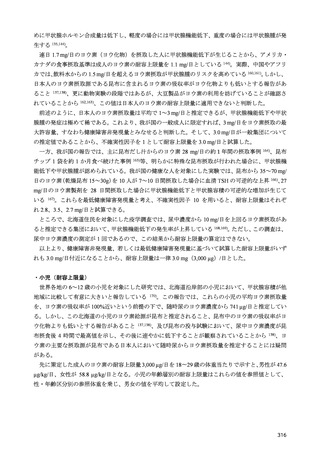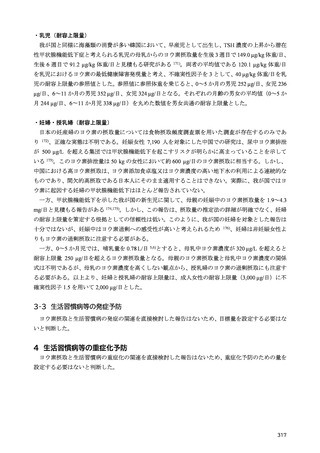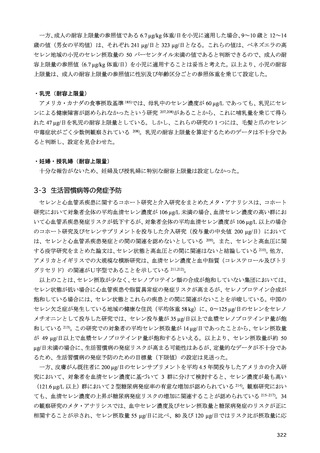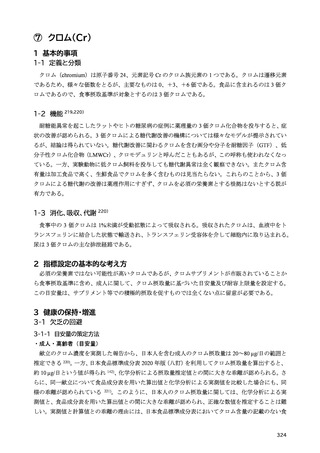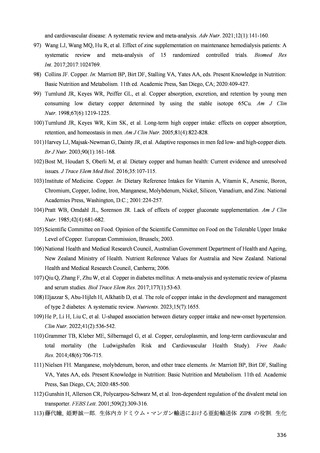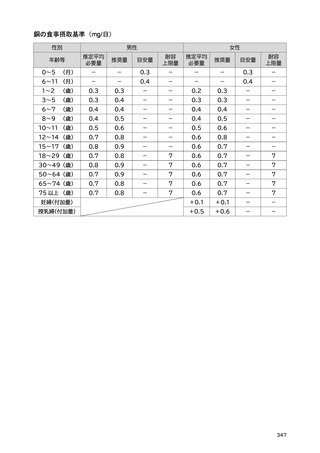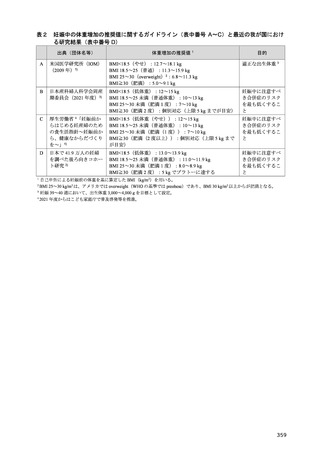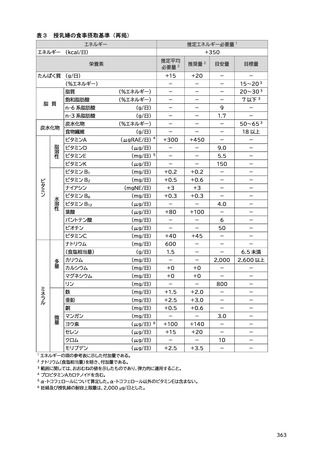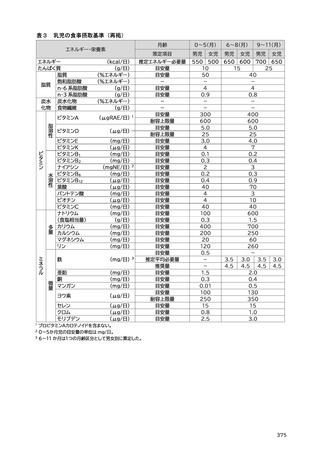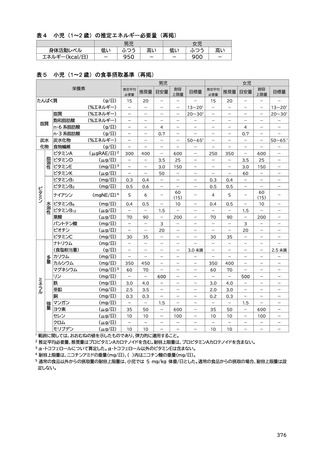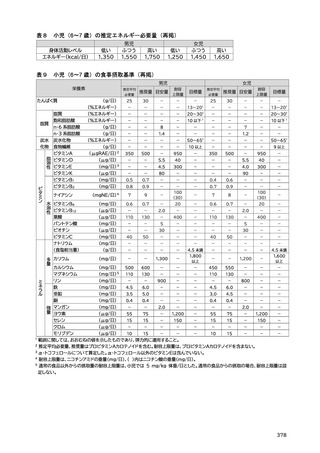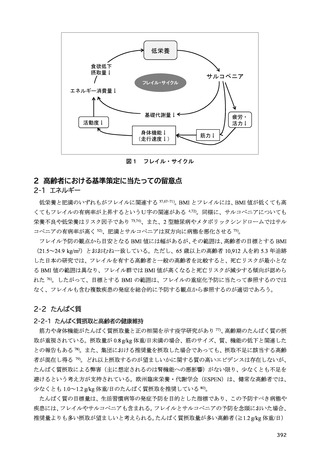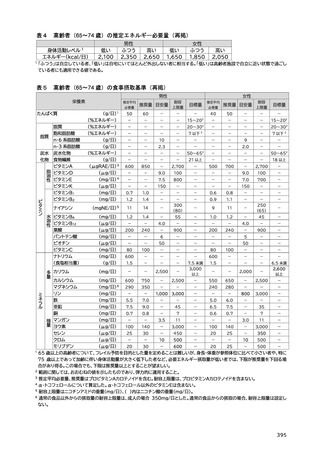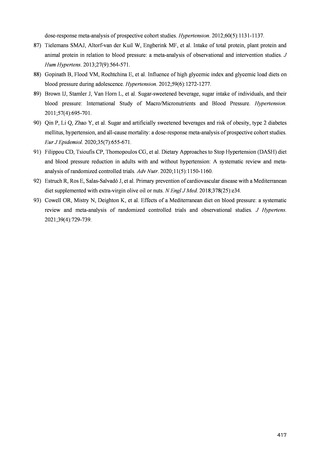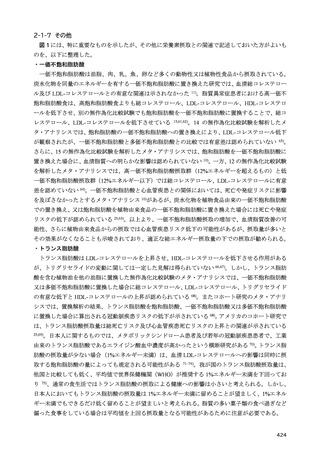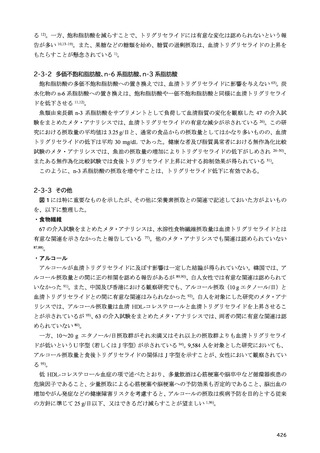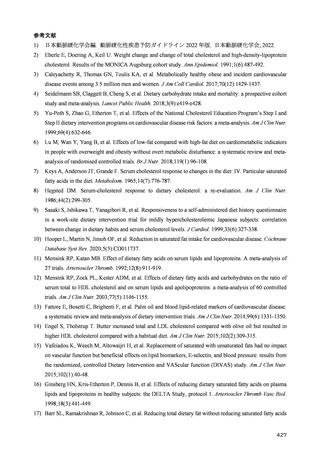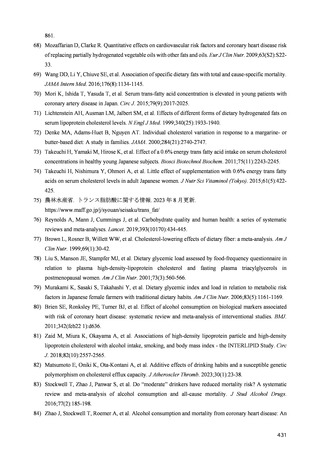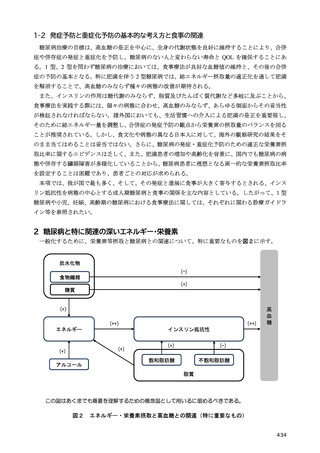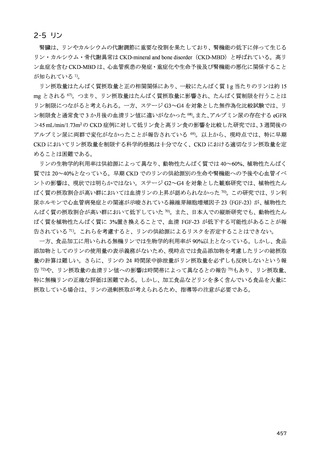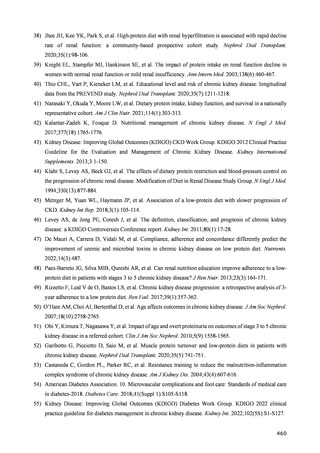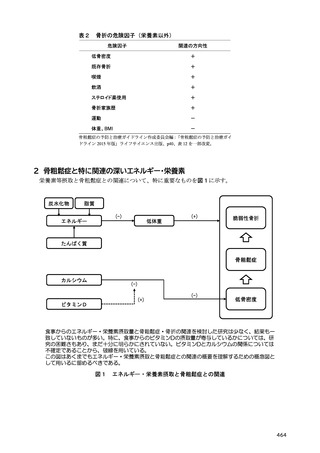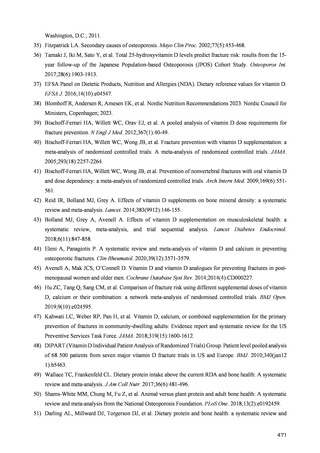「日本人の食事摂取基準(2025年版)」策定検討会報告書 (242 ページ)
出典
| 公開元URL | https://www.mhlw.go.jp/stf/newpage_44138.html |
| 出典情報 | 「日本人の食事摂取基準(2025年版)」策定検討会報告書(10/11)《厚生労働省》 |
ページ画像
プレーンテキスト
資料テキストはコンピュータによる自動処理で生成されており、完全に資料と一致しない場合があります。
テキストをコピーしてご利用いただく際は資料と付け合わせてご確認ください。
の含量. ビタミン. 2004;78(8):399-407.
134) Mock DM, Quirk JG, Mock NI. Marginal biotin deficiency during normal pregnancy. Am J Clin Nutr.
2002;75(2):295-299.
135) Roth KS, Yang W, Foremann JW, et al. Holocarboxylase synthetase deficiency: a biotin-responsive organic
acidemia. J Pediatr. 1980;96(5):845-849.
136) Levine M, Conry-Cantilena C, Wang Y, et al. Vitamin C pharmacokinetics in healthy volunteers: evidence
for a recommended dietary allowance. Proc Natl Acad Sci U S A. 1996;93(8):3704-3709.
137) Levine M, Wang Y, Padayatty SJ, et al. A new recommended dietary allowance of vitamin C for healthy
young women. Proc Natl Acad Sci U S A. 2001;98(17):9842-9846.
138) 辻村卓, 日笠志津, 青野浩二, 他. ヒトにおけるデヒドロアスコルビン酸のビタミン C 効力[I]:
経口負荷後の経時的ビタミン C 尿中排泄. ビタミン. 2006;80(5-6):281-285.
139) Hodges RE, Hood J, Canham JE, et al. Clinical manifestations of ascorbic acid deficiency in man. Am J Clin
Nutr. 1971;24(4):432-443.
140) EFSA Panel on Dietetic Products, Nutrition and Allergies (NDA). Scientific opinion on dietary reference
values for vitamin C. EFSA J. 2013;11(11):3418.
141) Jacob RA, Skala JH, Omaye ST. Biochemical indices of human vitamin C status. Am J Clin Nutr.
1987;46(5):818-826.
142) Loria CM, Whelton PK, Caulfield LE, et al. Agreement among indicators of vitamin C status. Am J
Epidemiol. 1998;147(6):587-596.
143) Rowe S, Carr AC. Global vitamin C status and prevalence of deficiency: A cause for concern? Nutrients.
2020;12(7):2008.
144) Carr AC, Pullar JM, Moran S, et al. Bioavailability of vitamin C from kiwifruit in non-smoking males:
determination of “healthy” and “optimal” intakes. J Nutr Sci. 2012;1(e14):e14.
145)Brubacher D, Moser U, Jordan P. Vitamin C concentrations in plasma as a function of intake: a meta-analysis.
Int J Vitam Nutr Res. 2000;70(5):226-237.
146) Graumlich JF, Ludden TM, Conry-Cantilena C, et al. Pharmacokinetic model of ascorbic acid in healthy
male volunteers during depletion and repletion. Pharm Res. 1997;14(9):1133-1139.
147) Hampl JS, Taylor CA, Johnston CS. Vitamin C deficiency and depletion in the United States: The Third
National Health and Nutrition Examination Survey, 1988 to 1994. Am J Public Health. 2004;94(5):870-875.
148) Carr AC, Pullar JM, Bozonet SM, et al. Marginal ascorbate status (hypovitaminosis C) results in an
attenuated response to vitamin C supplementation. Nutrients. 2016;8(6):341.
149) Institute of Medicine. Vitamin C. In: Dietary Reference Intakes for Vitamin C, Vitamin E, Selenium, and
Carotenoids. National Academies Press, Washington D.C.; 2000.
150) Blanchard J, Tozer TN, Rowland M. Pharmacokinetic perspectives on megadoses of ascorbic acid. Am J
Clin Nutr. 1997;66(5):1165-1171.
151) Traxer O, Huet B, Poindexter J, et al. Effect of ascorbic acid consumption on urinary stone risk factors. J
Urol. 2003;170(2 Pt 1):397-401.
152) Massey LK, Liebman M, Kynast-Gales SA. Ascorbate increases human oxaluria and kidney stone risk. J
Nutr. 2005;135(7):1673-1677.
232


